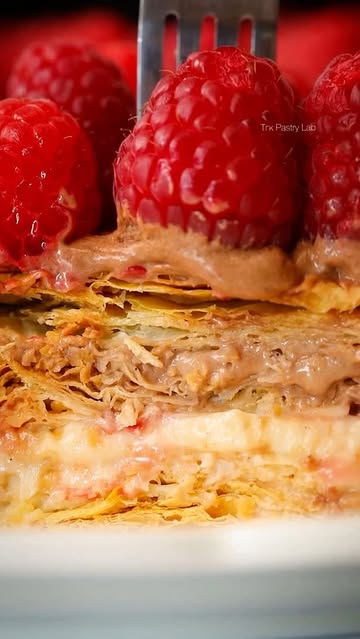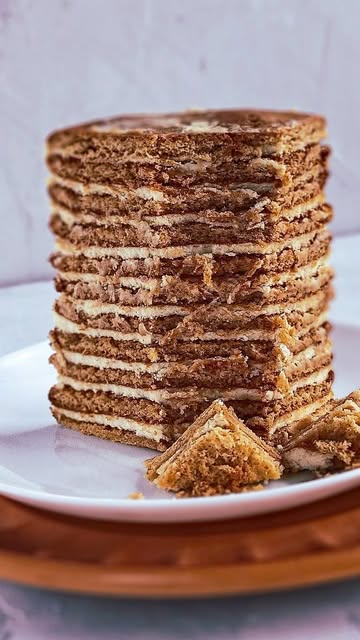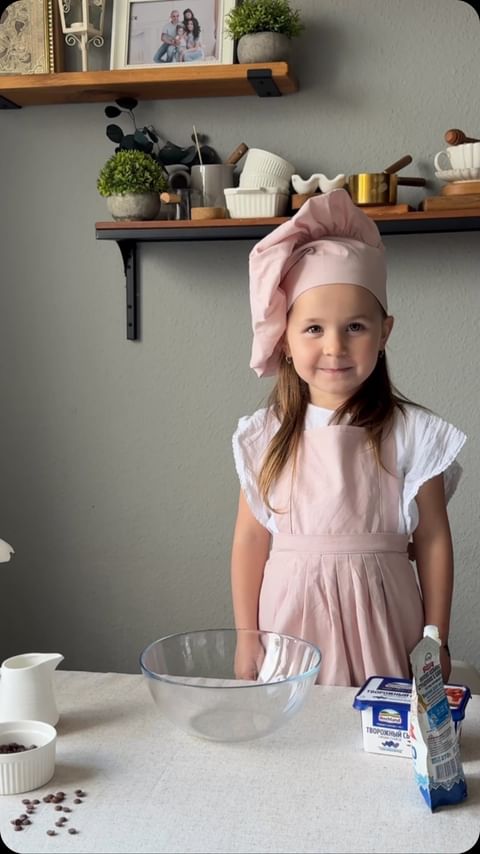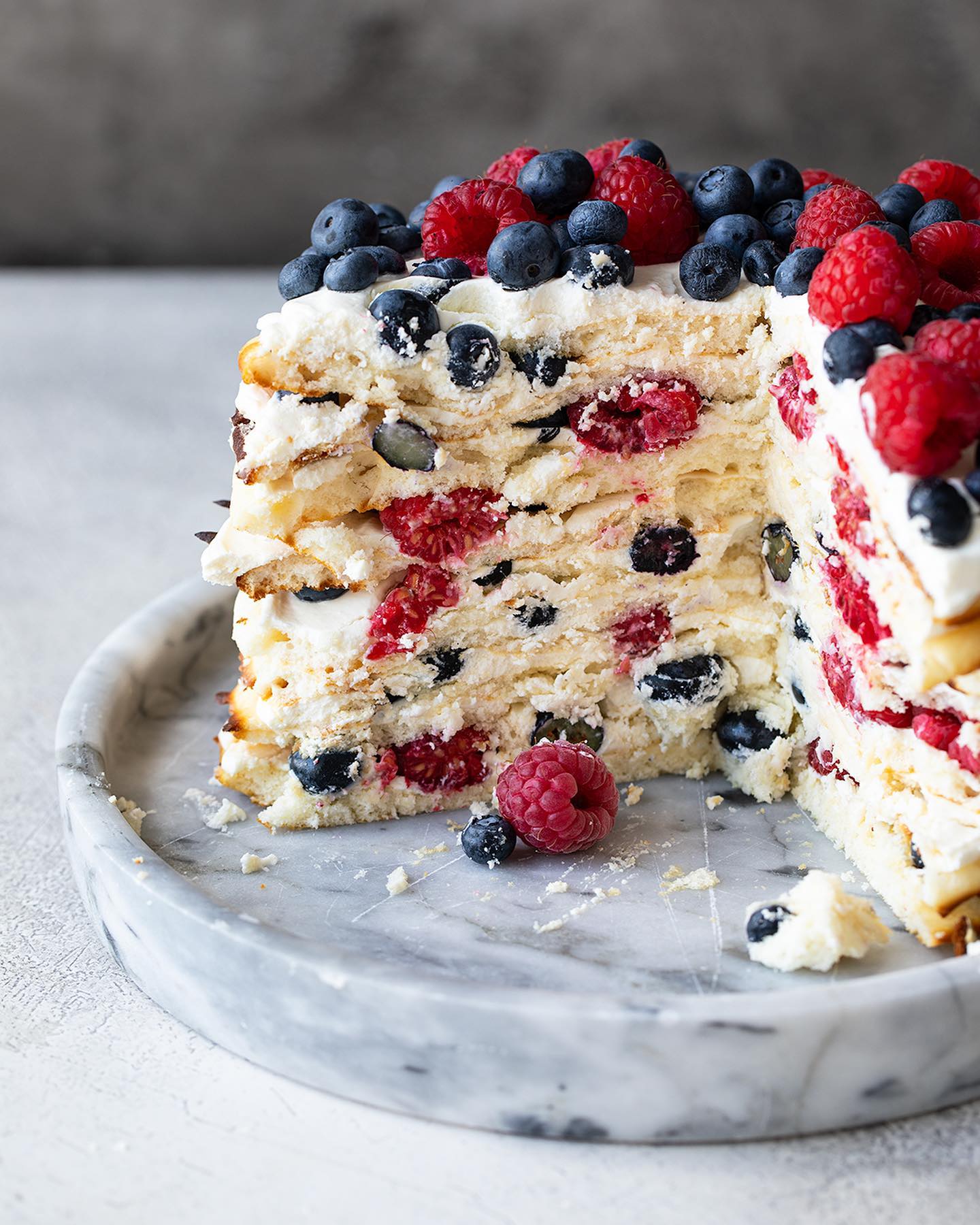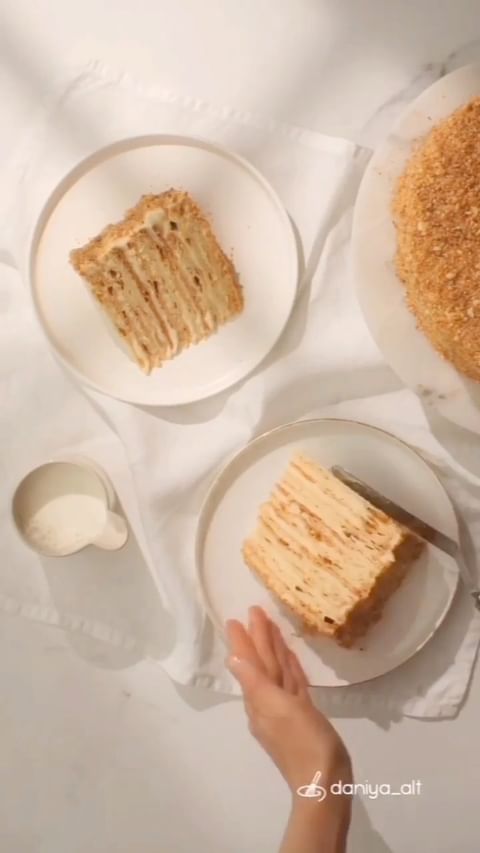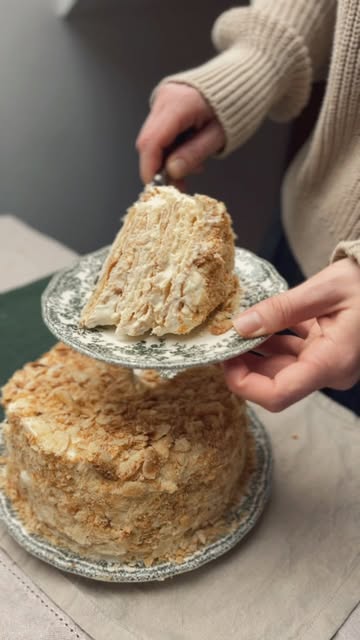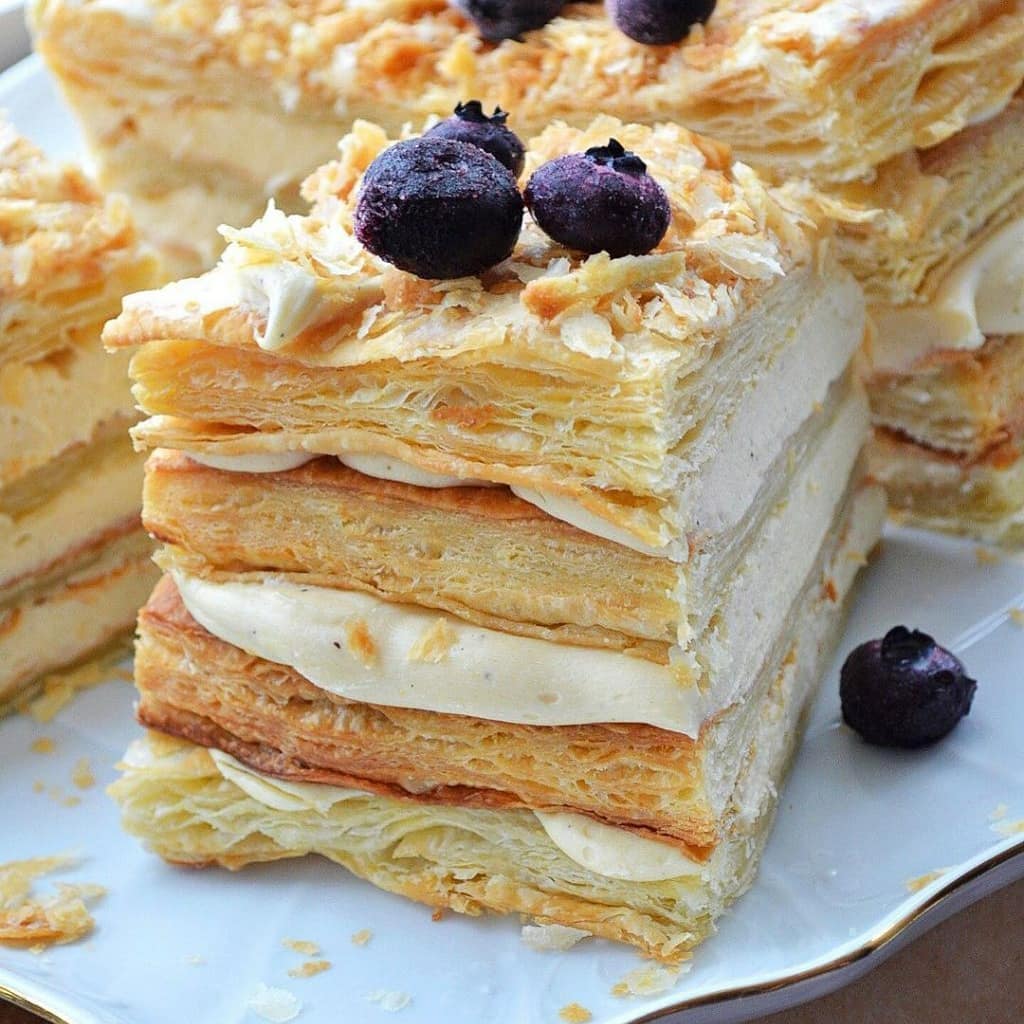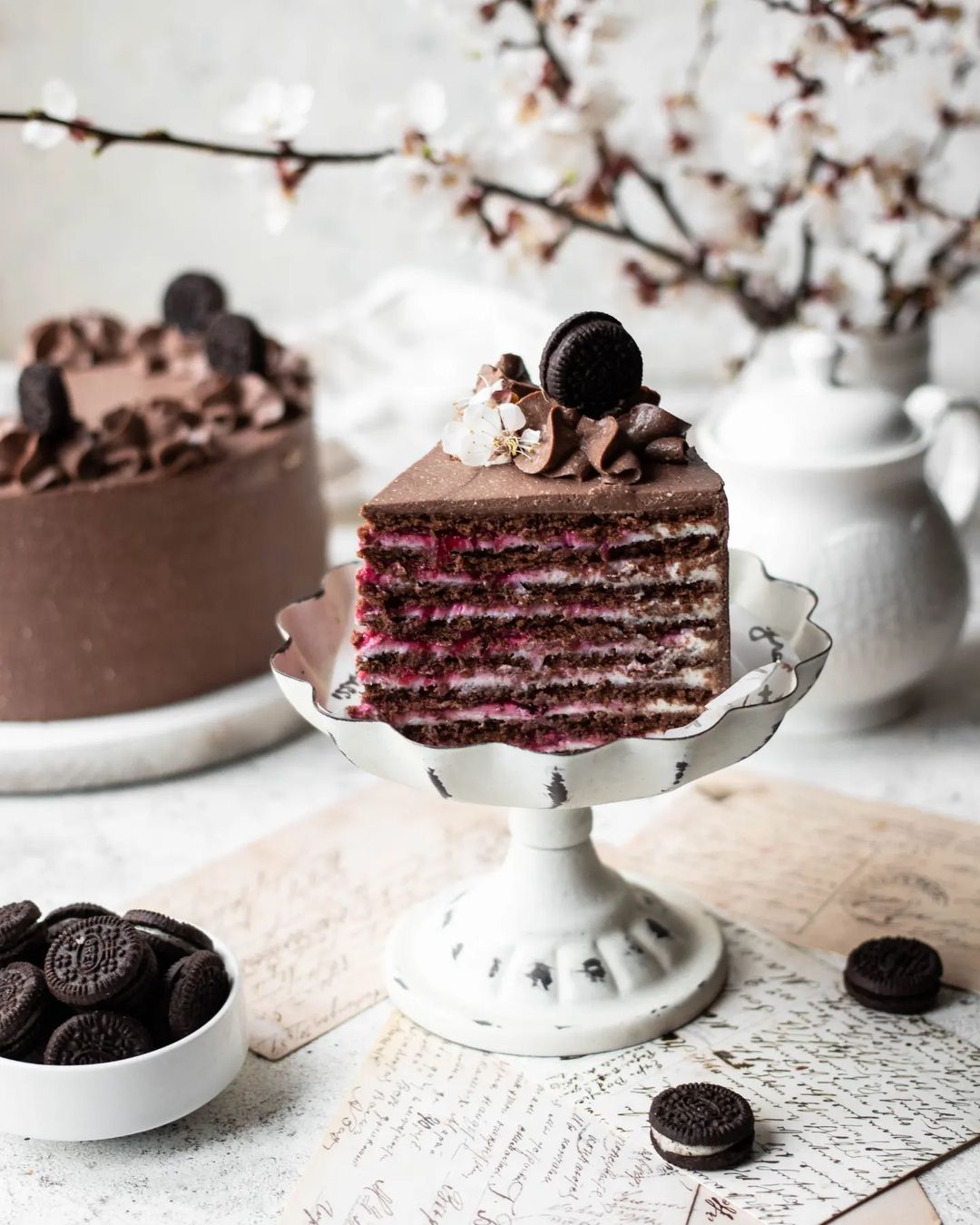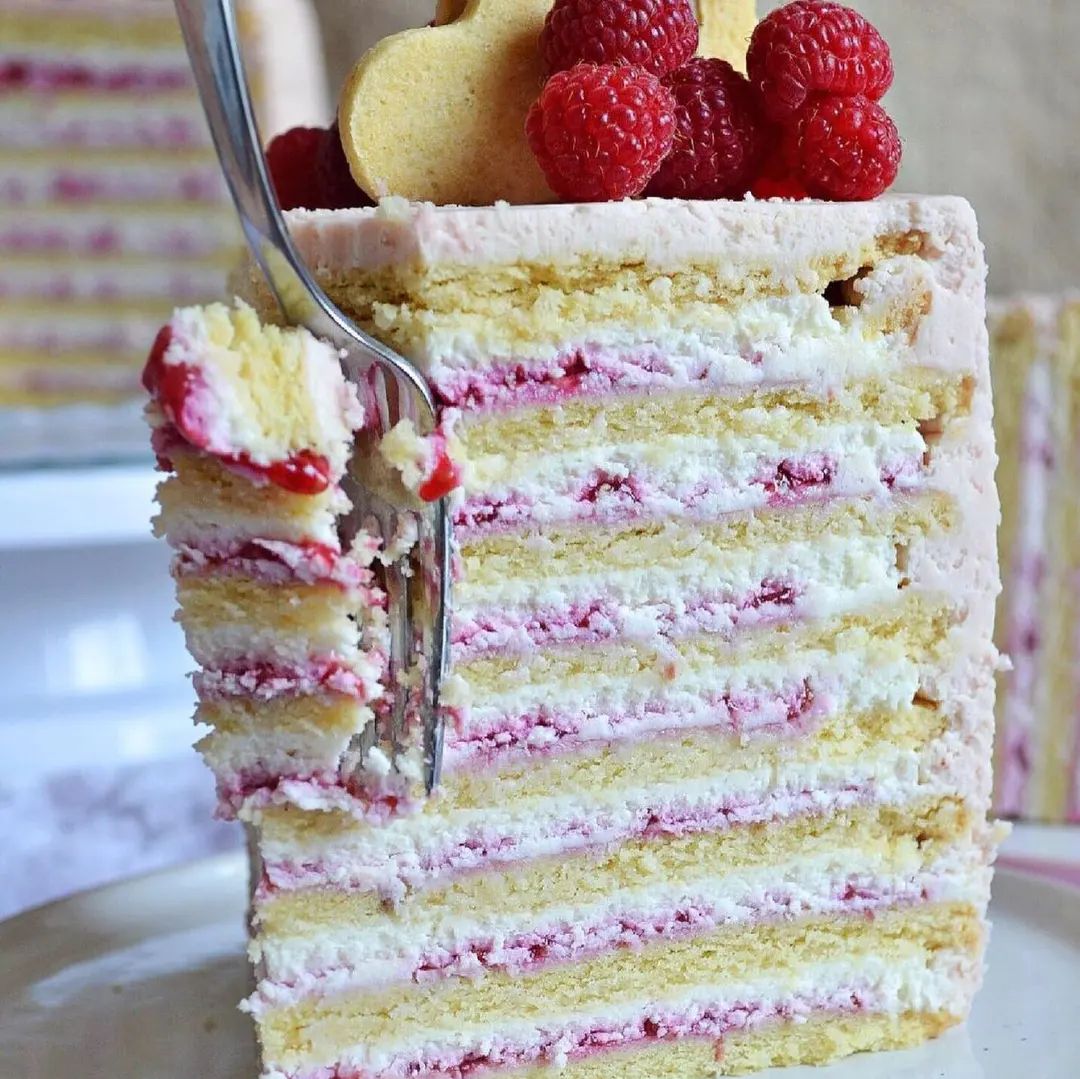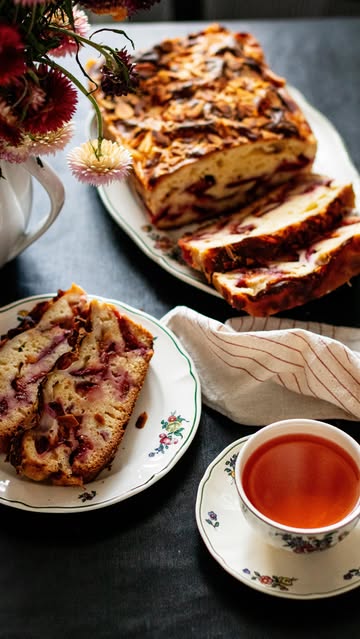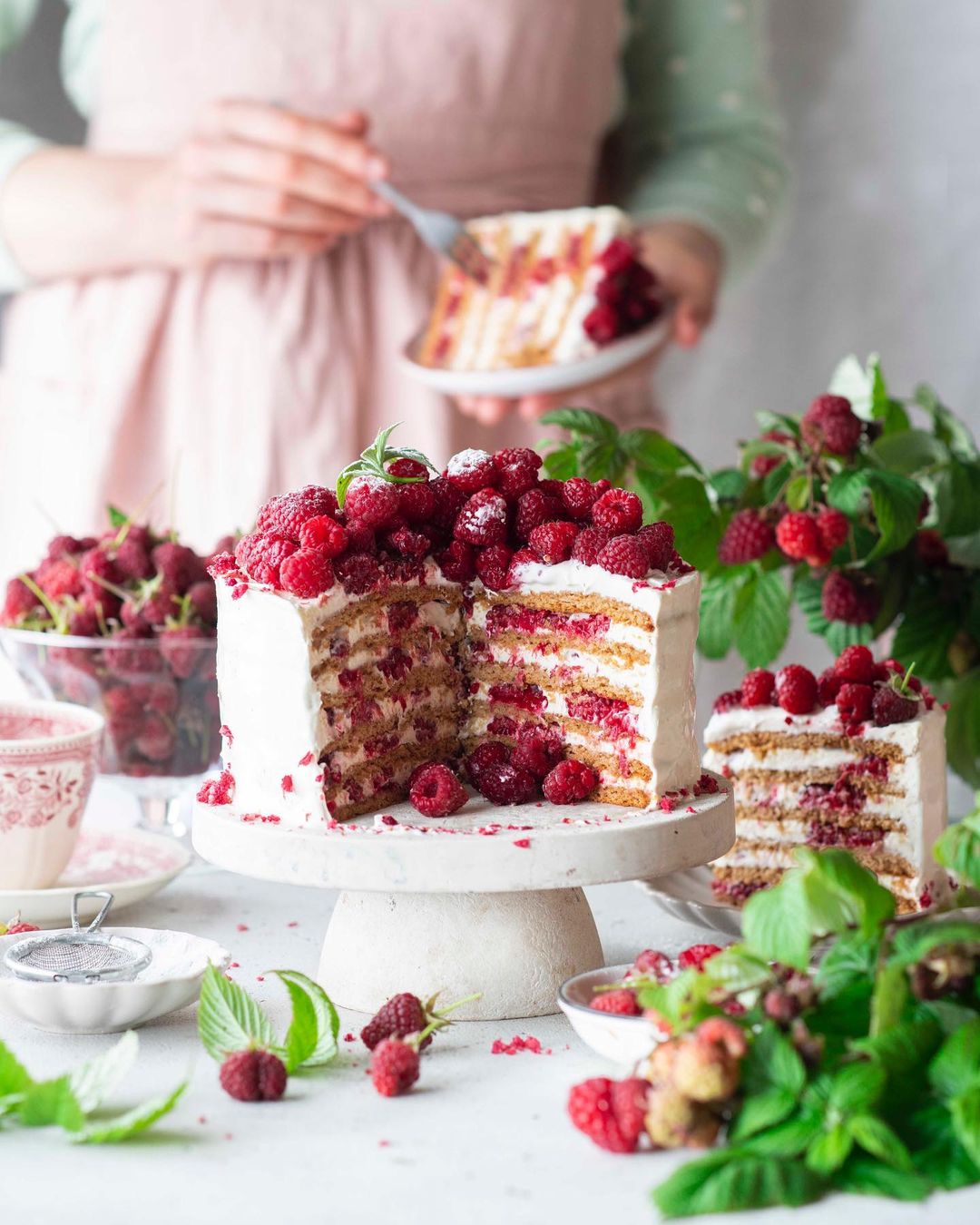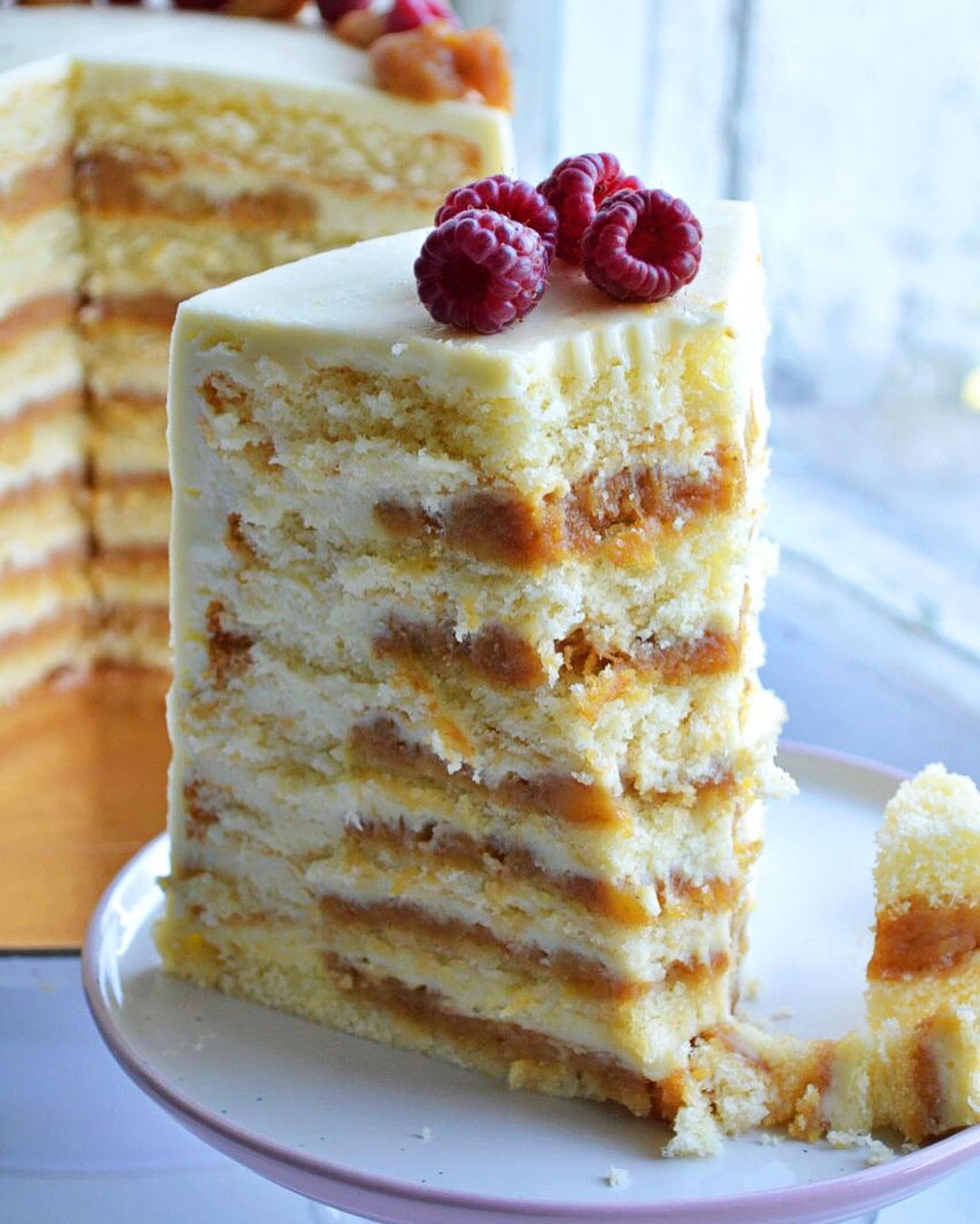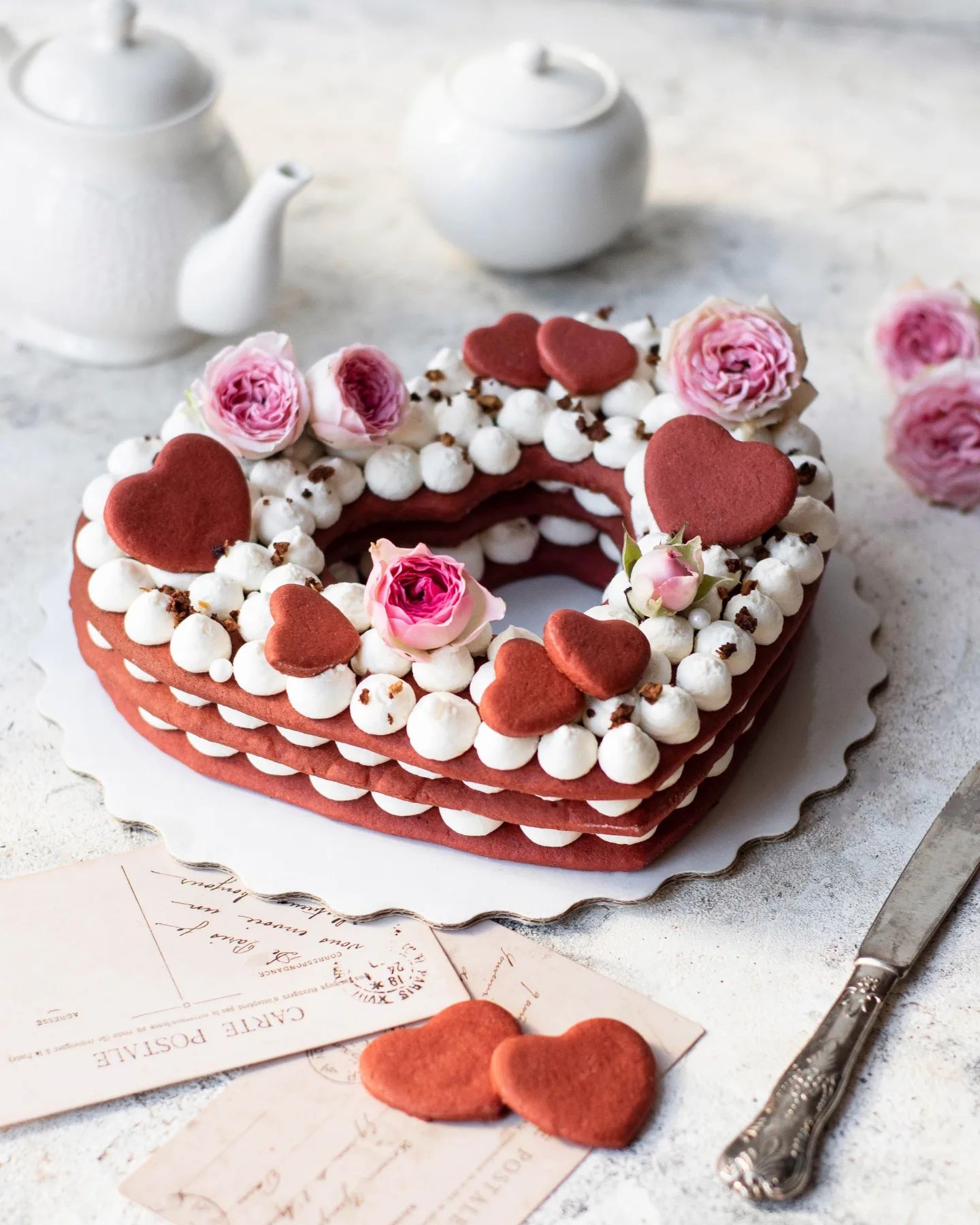Ingredients
For the Cake Layers
For the Pastry Cream
Instructions
Step 1
In a mixing bowl, combine the chilled butter, icing sugar, and salt. Mix until the mixture is smooth.
Add the egg and mix well until combined. Gradually add the flour, mixing until you achieve a crumbly texture.
Slowly pour in the cold water, a little at a time, continuing to mix until a dough forms. Knead the dough briefly until smooth, then wrap it in plastic wrap and refrigerate for at least 1 hour.
Step 2
In a saucepan, heat the milk over medium heat until it starts to simmer. In a separate bowl, stir together the sugar and cornstarch.
In another bowl, whisk the egg yolks until they are pale. Gradually add the warm milk to the yolks, stirring continuously to temper them.
Return the mixture to the saucepan and cook over low heat, stirring constantly, until it thickens into a smooth cream. Remove from the heat and stir in the butter and vanilla extract. Let it cool.
Step 3
Preheat your oven to 200 degrees Celsius (400 degrees Fahrenheit). Roll out the chilled dough on a floured surface until thin. Cut it into rectangular shapes and place them on a baking sheet.
Bake the layers in the preheated oven for about 10-15 minutes, or until light golden brown. Allow them to cool completely.
Once cooled, layer the baked rectangles with the pastry cream, stacking them one on top of the other. Cover the top and sides with the remaining cream.
Step 4
For a decorative touch, you can sprinkle some crumbs of the baked layers on top or use frosting. Allow the cake to rest in the refrigerator for a few hours before serving.
Slice and enjoy this delicious Napoleon cake at your next celebration!
Servings
When serving your delicious Napoleon, presentation is everything! 🌟 Consider placing each piece on individual dessert plates with a sprinkle of powdered sugar on top for that perfect touch. Pair it with fresh fruit like strawberries or raspberries for a delightful contrast in flavor and color. 🍓 You can also add a scoop of vanilla ice cream on the side to make it extra indulgent! 🍨
For a touch of elegance, drizzle some chocolate sauce or carve delicate patterns on the plate. Your guests will be imprinted with a visual feast, making it not just a dessert but an experience they won't forget! 😍
Equipment
Essential for rolling out your dough evenly, making the task easier. Make sure to flour its surface to prevent sticking!
Your go-to for placing the pastry layers while they bake. Line it with parchment paper for easy removal and cleanup.
You'll need a couple of these for combining your ingredients. Opt for glass or stainless steel for durability and ease of cleaning.
Perfect for blending together ingredients smoothly, especially for the rich filling. A balloon whisk will get the job done nicely!
Ideal for spreading the cream filling between layers. It gives you control for an even distribution, essential for that beautiful finish!
Variations
If you're looking for a gluten-free option, try using gluten-free flour in your dough recipe! 🌾 It’s an excellent way to accommodate those with dietary restrictions while still enjoying this classic dessert. For a vegan spin, substitute butter with plant-based alternatives and use a dairy-free cream for the filling. 🌱 You won't miss the eggs or milk!
These variations allow you to enjoy the light and flaky layers without compromising on taste. Baking is all about creativity, so feel free to experiment with flavors like adding vanilla or almond extract to enhance your filling!">
Faq
- What if my dough is too crumbly?
If your dough is crumbling, it may need a bit more moisture. Try adding a teaspoon of cold water or milk at a time until the dough comes together.
- How do I store my Napoleon pastry?
Store leftovers in an airtight container in the refrigerator. However, it’s best enjoyed fresh as the layers can become soggy over time.
- Can I make the pastry dough ahead of time?
Absolutely! You can prepare the dough a day in advance and refrigerate it. Just remember to let it warm up slightly before rolling it out to ensure it's pliable.
- What type of cream is best for the filling?
A classic pastry cream works wonderfully, but for an even richer flavor, you could add whipped cream to the mix for a lighter finish.
- Is there a trick to perfect layers?
Consistent rolling and chilling between layers are key. Make sure to keep your dough cold to help maintain flaky layers when baking.
- How can I get a shiny finish on the pastry?
A light glaze of egg wash before baking adds a beautiful golden sheen. Alternatively, brush the baked pastry with a simple syrup for a sweet shiny finish.

